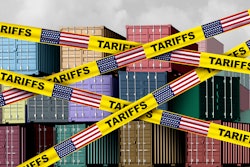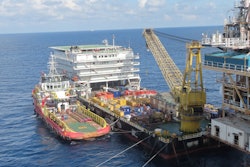
Analysis from Proxima in partnership with Oxford Economics reveals that geopolitical conflict has emerged as one of the greatest threats to retail supply chains.
"Retail supply chains are being stress tested by overlapping geopolitical, operational and regulatory forces. Procurement leaders now need to balance cost, resilience and speed in every decision, and that means taking a portfolio approach to sourcing, logistics and supplier relationships,” says Simon Geale, EVP at Proxima. "By combining diversified sourcing with flexible transportation strategies and better use of data, procurement teams can make faster, evidence-led choices that protect margin, service and brand reputation, even as external volatility persists."
Key takeaways:
· The Index identifies Mexico, Turkey and Russia among the riskiest sourcing locations, albeit for different reasons.
- Mexico’s central role in EU and U.S. supply chains creates material exposure to cross-border security risks such as cargo theft, while nearshoring strategies may amplify volumes and pressure security protocols.
- Turkey’s position as a gateway between West and East introduces conflicting geopolitical dynamics, price instability and reputational risk.
- Russia ranks highly due to the consequences of its invasion of Ukraine, with tight and expanding sanctions creating legal and operational barriers to trade.
- Apparel, home textiles, electronics, furniture, footwear and some foods are exposed to geopolitical risk due to sourcing footprints across China, Turkey, India, Latin America, and other markets.
- Inflationary pressures, extended lead times, increased compliance and rising trade barriers are all contributing to elevated sourcing risk in retail.
- Retailers are pursuing multi-sourcing and regionalization, leveraging nearshoring locations but balancing higher-risk options such as Turkey and Mexico with lower-risk locations including parts of Eastern Europe and North Africa to spread exposure.
- Others are introducing flexibility into transportation strategies, mixing ocean and air freight or using dynamic port selection to monitor congestion, lead time and capacity in real time.




















